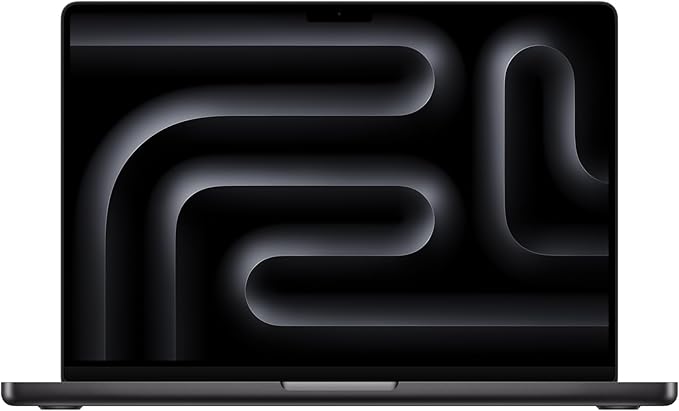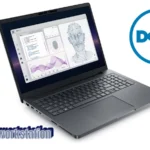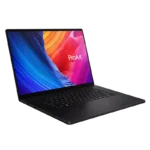Starting college is exciting, but it also comes with one big question: what laptop should I buy as a freshman? Your laptop isn’t just a gadget — it’s your notebook, research tool, entertainment hub, and sometimes even your gaming console. Choosing the right one can make the first year of college a whole lot easier.
In this guide, I’ll walk you through what to look for in a student laptop and review the best laptops for college freshmen in 2025. Each model comes with key specs, pros, and cons — so you’ll know exactly which one fits your budget and lifestyle.
Also Read: Best Laptops for Engineering Students
What to Look for in a Freshman Laptop
Before we jump into the list, here are the main features you should care about:
- RAM: At least 8 GB, but 16 GB is way better if you’re running heavy programs.
- Storage: Go for an SSD. 512 GB is the sweet spot, but 256 GB works if you store most things online.
- Battery life: Aim for 8–10 hours so you don’t have to carry your charger everywhere.
- Weight: Under 1.5 kg (3 lbs) is ideal for walking across campus all day.
- Operating system: macOS is great for everyday use, but Windows laptops are usually needed for engineering and coding. Chromebooks are solid for light users on a budget.
- Ports: Make sure you have enough for USB-C, HDMI, or plan to get a small hub.
Best Laptops for College Freshmen in 2025
Below are seven top picks — from premium to budget-friendly — with quick reviews.
1. MacBook Air 13 (M4, 2025) — Best Overall
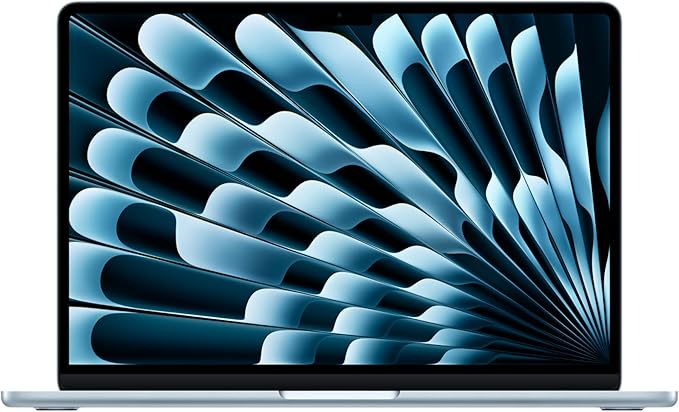
The MacBook Air has been the go-to student laptop for years, and the 2025 M4 model makes it even better. It’s slim, lightweight, powerful, and has insane battery life.
Specs:
- CPU: Apple M4 chip
- RAM: 16 GB (standard in most configs)
- Storage: 256–512 GB SSD
- Screen: 13.3″ Liquid Retina
- Battery: 12–15 hours in real use
- Weight: 1.2 kg
Pros:
- Super long battery life
- Lightweight, easy to carry
- Very reliable performance for everyday student tasks
- macOS is smooth and stable
Cons:
- Expensive compared to Windows laptops
- Limited ports (need a USB-C hub for accessories)
👉 Best for: Most freshmen who want a laptop that “just works” and lasts all day.
2. Dell XPS 13 (2025) — Best Windows Ultraportable
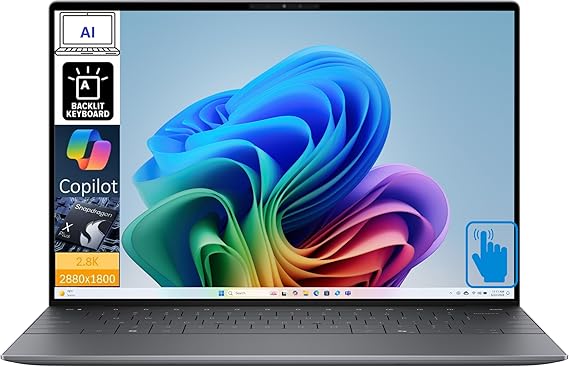
If you prefer Windows but still want a sleek design, the Dell XPS 13 is a top contender. It competes directly with the MacBook Air in terms of portability and style.
Specs:
- CPU: Intel Core Ultra or Snapdragon X series
- RAM: 8–16 GB
- Storage: 256 GB – 1 TB SSD
- Screen: 13.3–13.4″ FHD+ or OLED
- Battery: 8–12 hours
- Weight: 1.2–1.4 kg
Pros:
- Premium build with stunning screen options
- Slim and portable
- Great battery life
Cons:
- Gets pricey with upgrades
- OLED models drain battery faster
👉 Best for: Students who want Windows plus a premium, lightweight design.
3. Microsoft Surface Laptop 6 — Best for Note-Takers
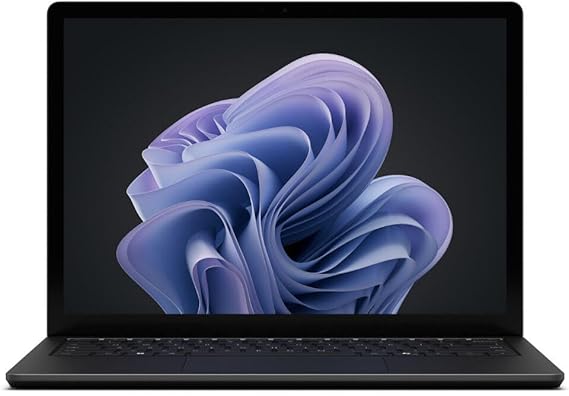
The Surface Laptop 6 is loved for its comfortable keyboard and clean Windows setup. If you’re always typing notes in class, this one’s worth a look.
Specs:
- CPU: Intel Core Ultra series
- RAM: 8–32 GB
- Storage: 256 GB – 1 TB SSD
- Screen: 13.5″ or 15″ touchscreen
- Battery: 8–11 hours
- Weight: ~1.3 kg
Pros:
- One of the best keyboards for note-taking
- Slim and premium design
- Touchscreen on select models
Cons:
- Gets hot under heavy loads
- Higher configs are expensive
👉 Best for: Students who type a lot and want a stylish Windows laptop.
4. Razer Blade 14 (2025) — Best for Gamers & Power Users
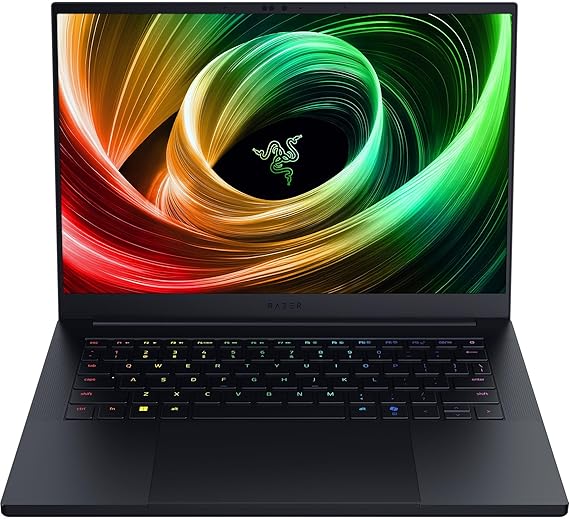
If you want a laptop that can handle gaming, video editing, or heavy engineering software, the Razer Blade 14 is a beast in a compact body.
Specs:
- CPU: AMD Ryzen AI 9 series
- GPU: NVIDIA RTX 5070
- RAM: 16–32 GB
- Storage: 1 TB SSD
- Screen: 14″ 2.8K OLED 120Hz
- Weight: 1.8 kg
Pros:
- Desktop-level performance in a small size
- Gorgeous OLED display
- Premium build
Cons:
- Very expensive
- Battery life isn’t as strong as ultraportables
👉 Best for: Gamers, engineering majors, and creative students.
5. Asus Zenbook 14 OLED — Best for Creative Majors
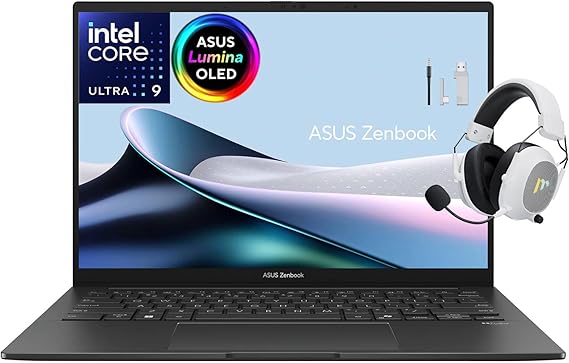
If you care about display quality for design or media work, the Asus Zenbook 14 OLED is fantastic. The screen is color-accurate, and the laptop is still light enough for class.
Specs:
- CPU: AMD Ryzen 7 or Intel Core Ultra
- RAM: 16 GB
- Storage: 512 GB SSD
- Screen: 14″ OLED
- Battery: 8–10 hours
- Weight: 1.3 kg
Pros:
- OLED screen is amazing for design and streaming
- Strong performance for creative work
- Lightweight
Cons:
- OLED can reduce battery if brightness stays high
- Slightly pricier than standard laptops
👉 Best for: Art, design, and media students.
6. HP Chromebook Plus 15 / Acer Spin 714 — Best Budget Pick
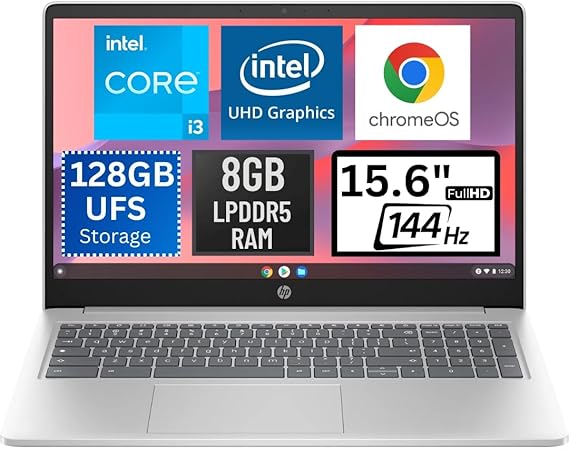
Not everyone needs macOS or Windows. If most of your work is done in Google Docs, email, or streaming, a Chromebook Plus is perfect.
Specs:
- CPU: Intel i3/i5 (Chromebook Plus certified)
- RAM: 8 GB
- Storage: 128–256 GB
- Screen: 14–15.6″ FHD
- Battery: 10+ hours
Pros:
- Affordable price
- Long-lasting battery
- Secure and simple OS
Cons:
- Limited for heavy software like Photoshop or CAD
- Smaller storage
👉 Best for: Budget-conscious students who live in the Google ecosystem.
7. Acer Aspire 5 / Lenovo IdeaPad Slim — Best Cheap Windows Laptop
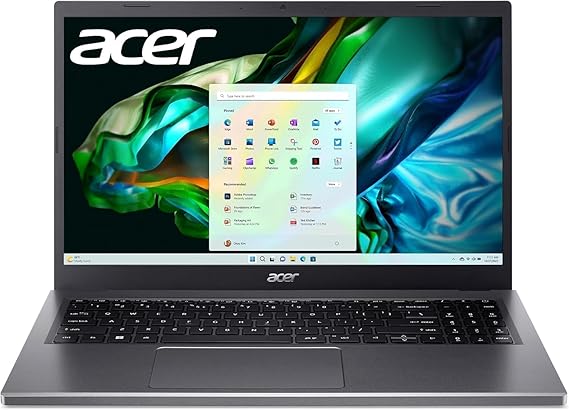
If you want Windows without spending a fortune, the Acer Aspire and IdeaPad Slim lines are solid choices. They’re not flashy, but they get the job done.
Specs:
- CPU: Intel Core i3 / Ryzen 3–5
- RAM: 8 GB
- Storage: 256–512 GB SSD
- Screen: 14–15.6″ FHD
- Battery: 6–8 hours
Pros:
- Affordable Windows laptops
- Some models allow RAM and storage upgrades
- Decent everyday performance
Cons:
- Not as sleek or long-lasting as premium laptops
- Average build quality
👉 Best for: Students on a budget who still need Windows.
Comparison Table
| Laptop | Best For | RAM | Storage | Screen | Battery |
|---|---|---|---|---|---|
| MacBook Air M4 | Everyday use | 16 GB | 256–512 GB | 13.3″ Retina | 12–15 hrs |
| Dell XPS 13 | Premium Windows | 8–16 GB | 256–1 TB | 13.4″ OLED/FHD | 8–12 hrs |
| Surface Laptop 6 | Note-taking | 8–32 GB | 256–1 TB | 13.5″–15″ | 8–11 hrs |
| Razer Blade 14 | Gaming / heavy use | 16–32 GB | 1 TB | 14″ OLED 120Hz | 5–7 hrs |
| Asus Zenbook 14 OLED | Creative work | 16 GB | 512 GB | 14″ OLED | 8–10 hrs |
| Chromebook Plus | Budget web use | 8 GB | 128–256 GB | 14–15.6″ FHD | 10+ hrs |
| Acer Aspire / IdeaPad | Cheap Windows | 8 GB | 256–512 GB | 14–15.6″ FHD | 6–8 hrs |
Final Thoughts
If you want one laptop that works for almost every freshman, get the MacBook Air 13 (M4). It’s light, powerful, and lasts all day.
But:
- If you need Windows for engineering or coding → go for Dell XPS 13 or Asus Zenbook 14 OLED.
- If you’re a gamer or power user → the Razer Blade 14 is your best friend.
- If you’re on a tight budget → stick with a Chromebook Plus or Acer Aspire/Lenovo IdeaPad.
No matter your budget, there’s a solid laptop on this list that will carry you through your first year of college — and beyond.
FAQs
For most freshmen, the MacBook Air M4 stands out in 2025. It’s light, powerful, and has a battery that lasts all day. But if you need Windows for your classes, the Dell XPS 13 is just as reliable and a bit more flexible with software.
There isn’t one perfect answer, because it depends on your needs. If you’re studying business or liberal arts, something light and portable like the MacBook Air or Surface Laptop is ideal. For engineering or gaming, you might want a more powerful option like the Asus Zenbook or Razer Blade.
If this is your very first laptop, go for something simple and easy to use. The MacBook Air is great because it’s very beginner-friendly, but a Chromebook Plus is also a fantastic option if you mostly use Google Docs and the internet. Both are straightforward, reliable, and won’t overwhelm you.

